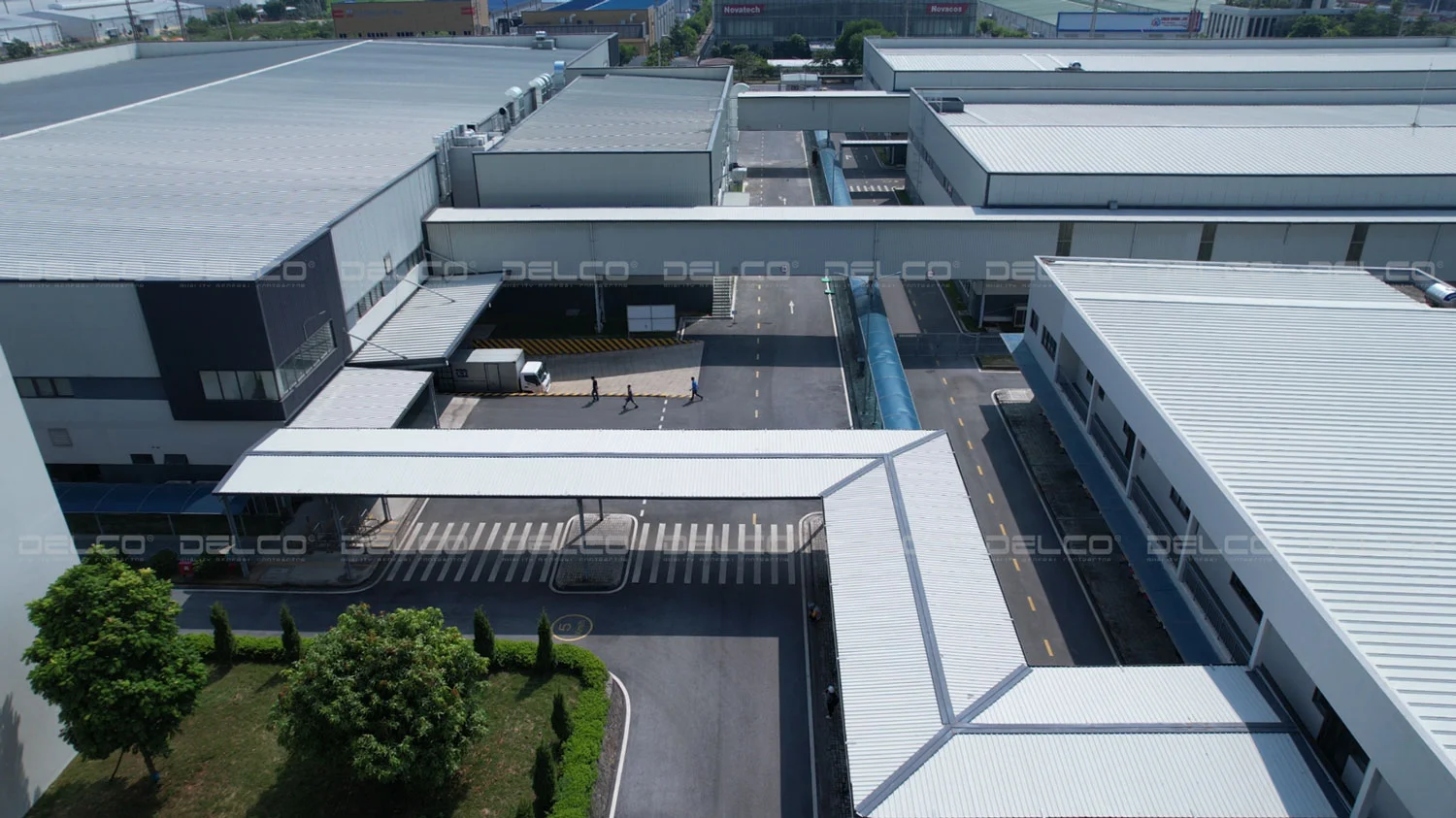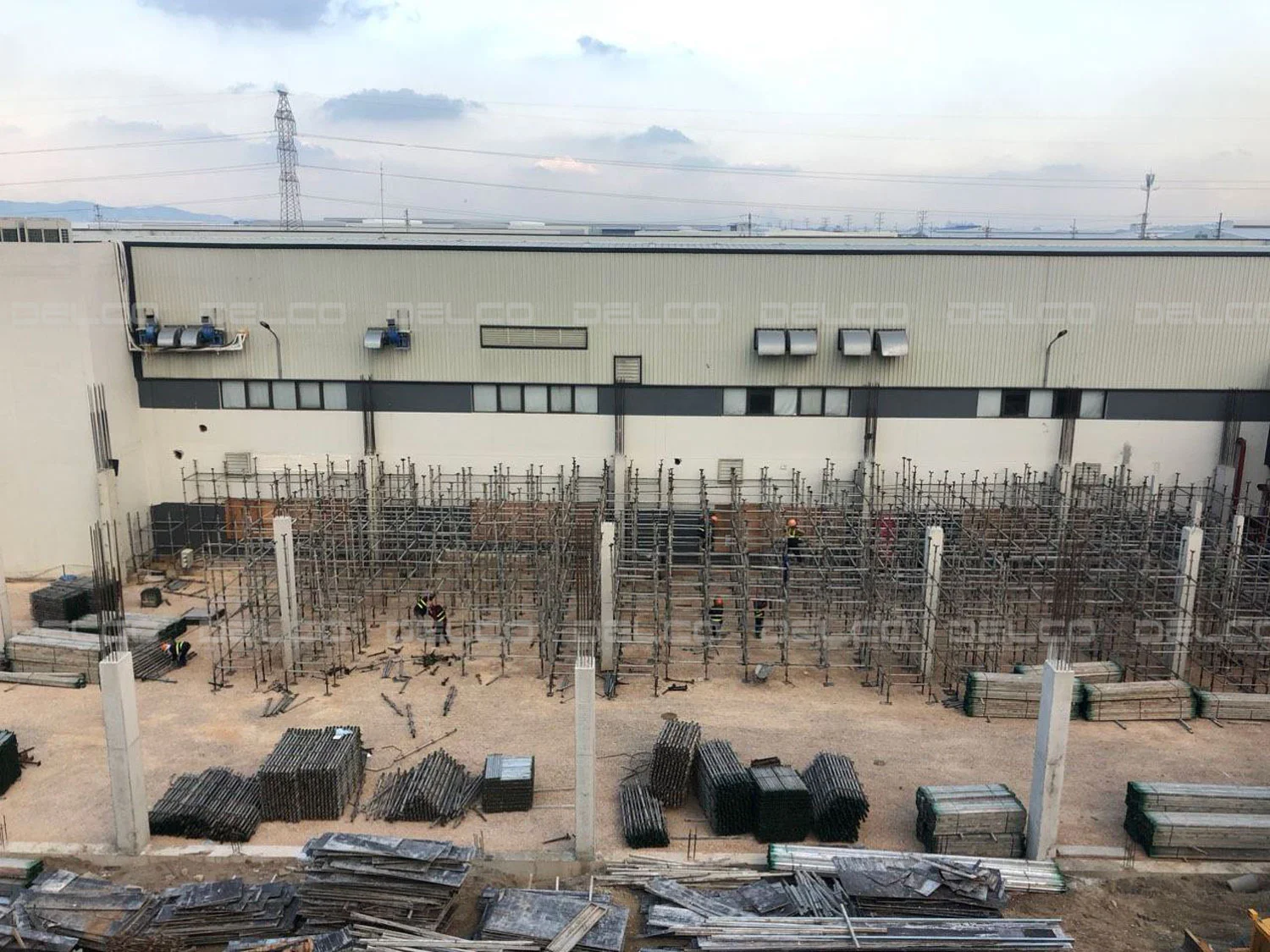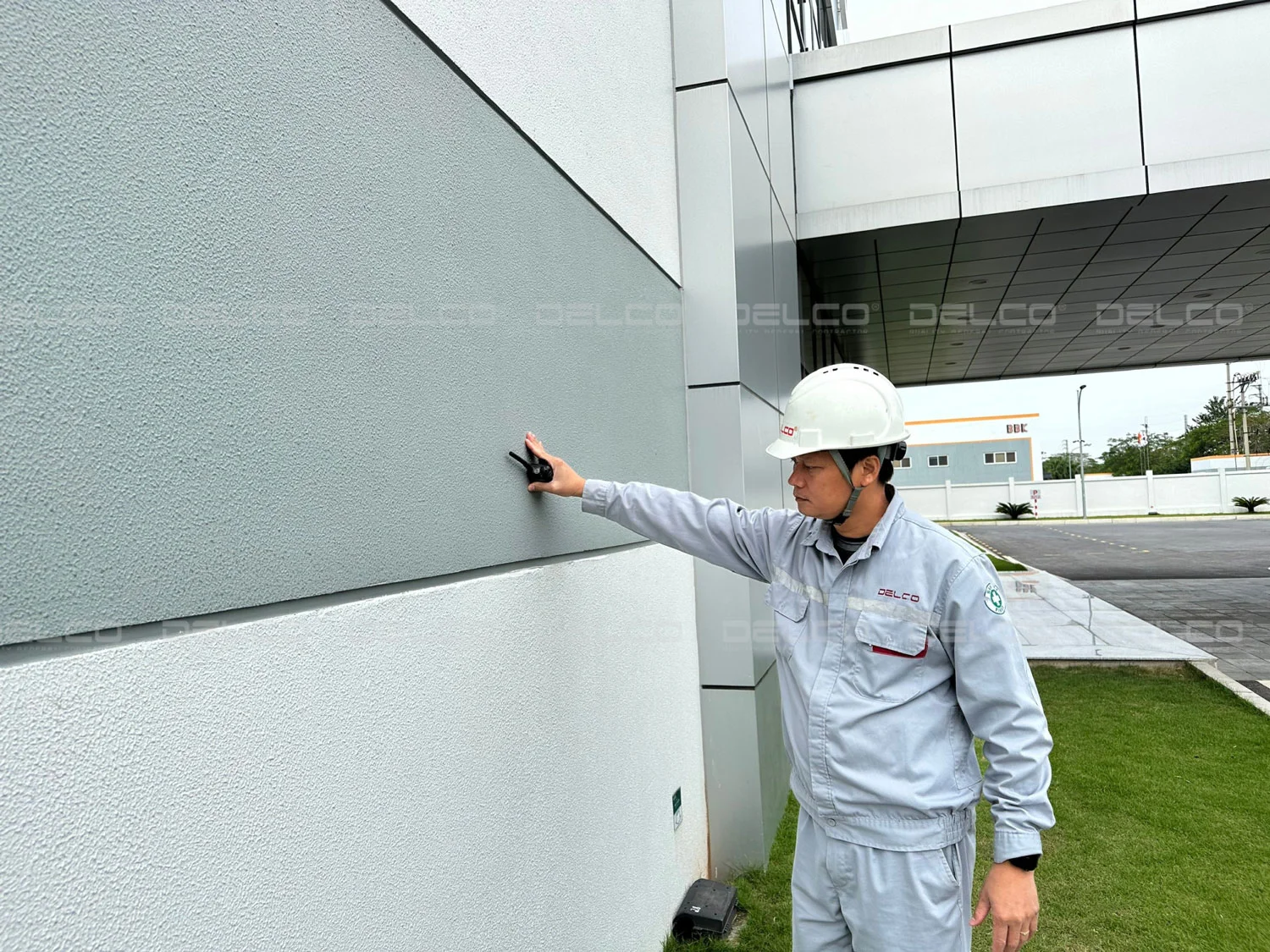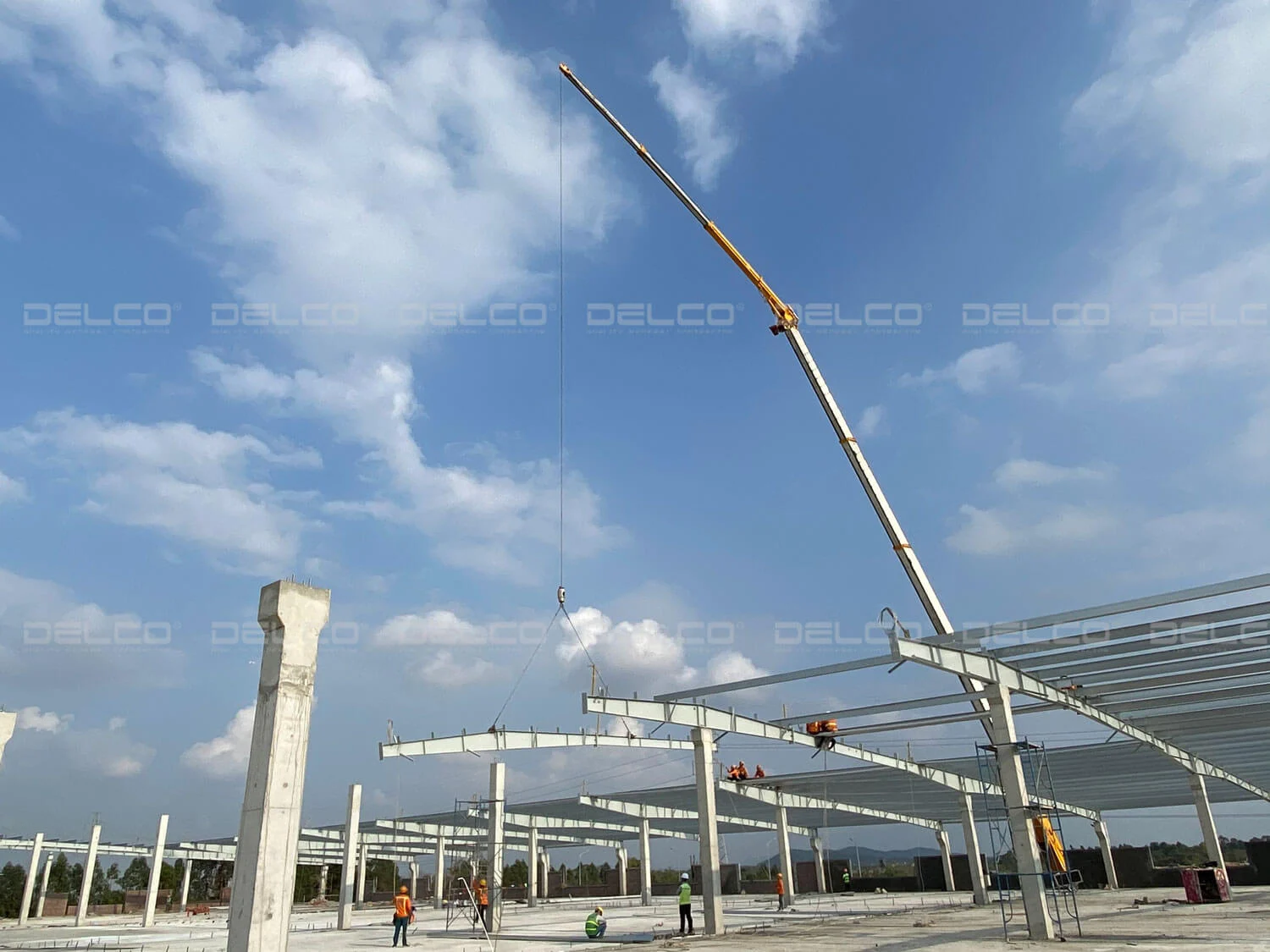The quality of masonry walls not only affects the overall aesthetics but also the durability and safety of the factory. However, issues such as cracks, water seepage, or early deterioration are still common if the design and construction stages are not strictly controlled.
Material input control
Wall quality fundamentally depends on materials. Bricks used for construction must be certified for quality and come with test results from the manufacturing factory. Sample bricks must also be submitted for the investor’s approval before construction begins. Sand must be sourced from legally authorized quarries, ensuring cleanliness and freedom from impurities. Cement must have quality certificates and clear origins. Bricks, sand, and cement will be tested for mortar mix design, and only materials that meet the required standards are allowed for use on site.
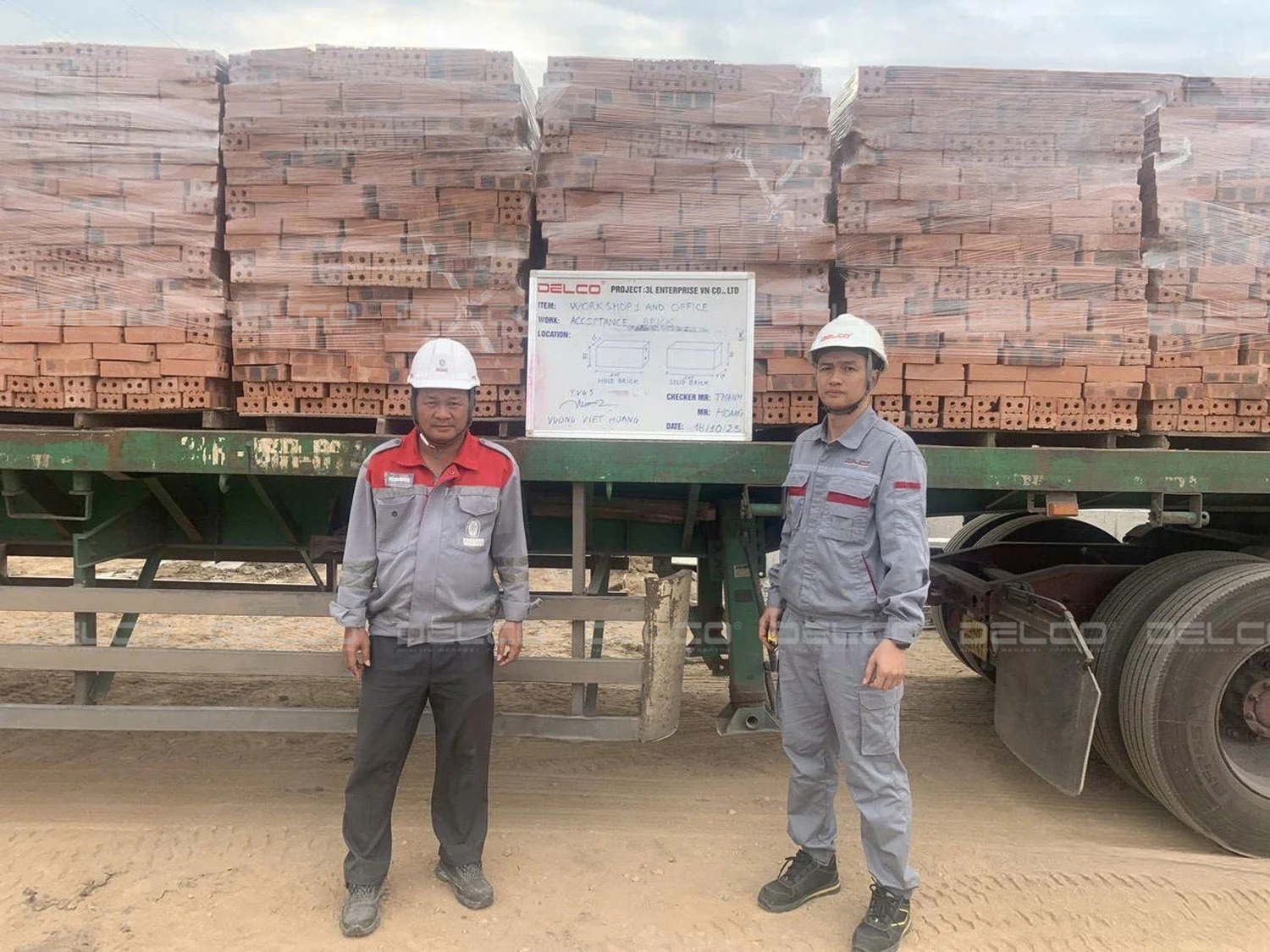
Design control
Design drawings must fully show technical elements such as doors, openings, and electrical or plumbing routes to allow for proper reinforcement planning from the beginning. The investor should minimize adding new doors or openings after the walls have been built, as breaking into the wall can weaken the structure, increasing the risk of cracking, water infiltration, or even collapse if not properly reinforced.
In addition, large wall sections should be divided by control joints, expansion joints, and settlement joints to help distribute internal stress and prevent extensive cracking. Areas prone to cracking—such as around large doorways, rolling doors, or long wall stretches—should be reinforced with steel bars, wall columns, wall beams, or lintels to enhance load-bearing capacity.
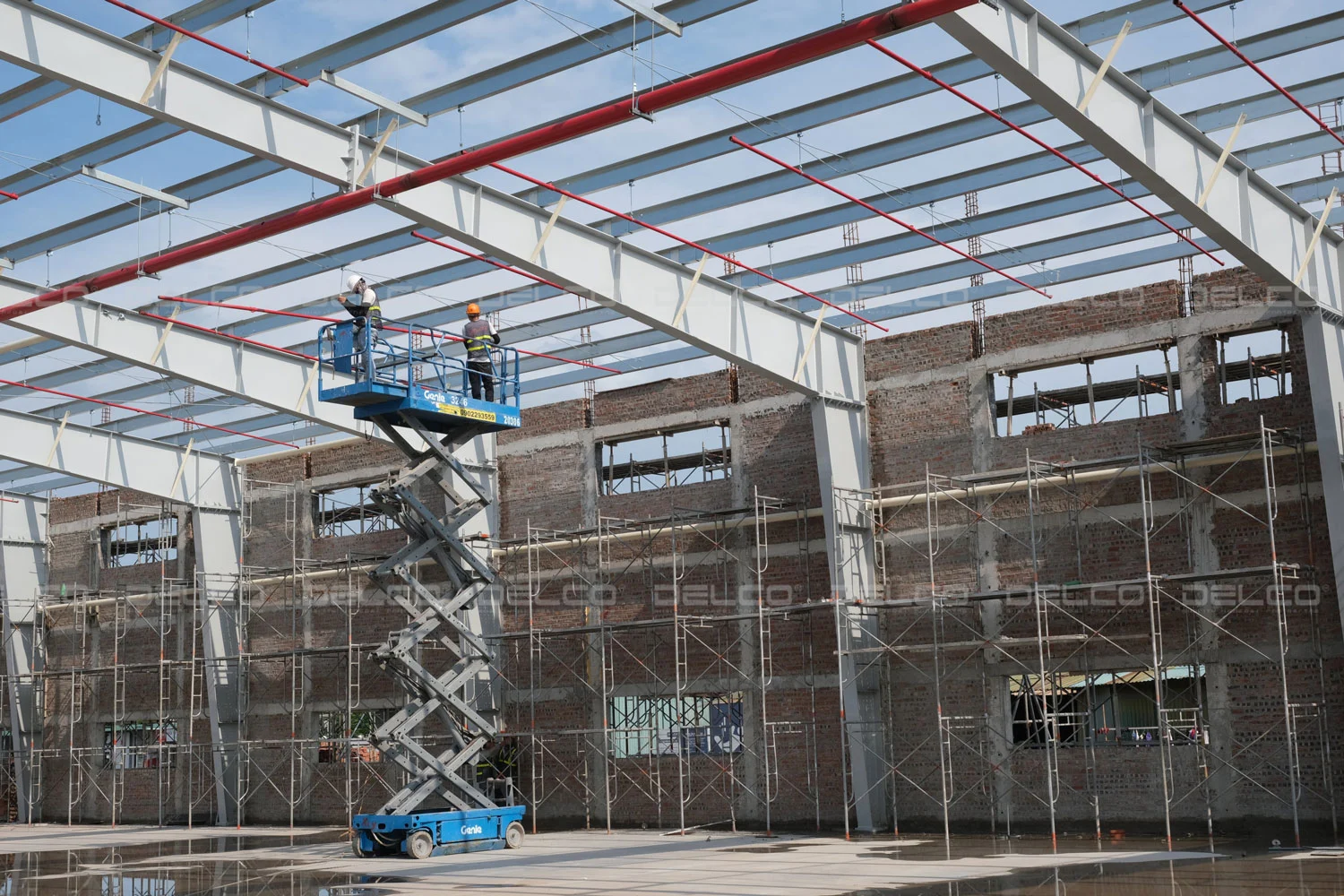
According to wall construction standards, for safety in long walls, structural columns should be added every 3–4 meters.
Construction and supervision
During the construction phase, quality control for masonry walls focuses on ensuring that walls are built precisely along the centerline, at the correct elevation, with flat surfaces and proper perpendicularity. Mortar must be mixed according to the tested mix design, and joints must be uniform, tight, and free of voids. Walls must be firmly anchored to the steel or concrete frame to ensure long-term stability. On-site supervision plays a critical role: supervisors must frequently inspect wall alignment, flatness, mortar joint thickness, elevation, and connections to detect errors early and prevent costly rework later on.
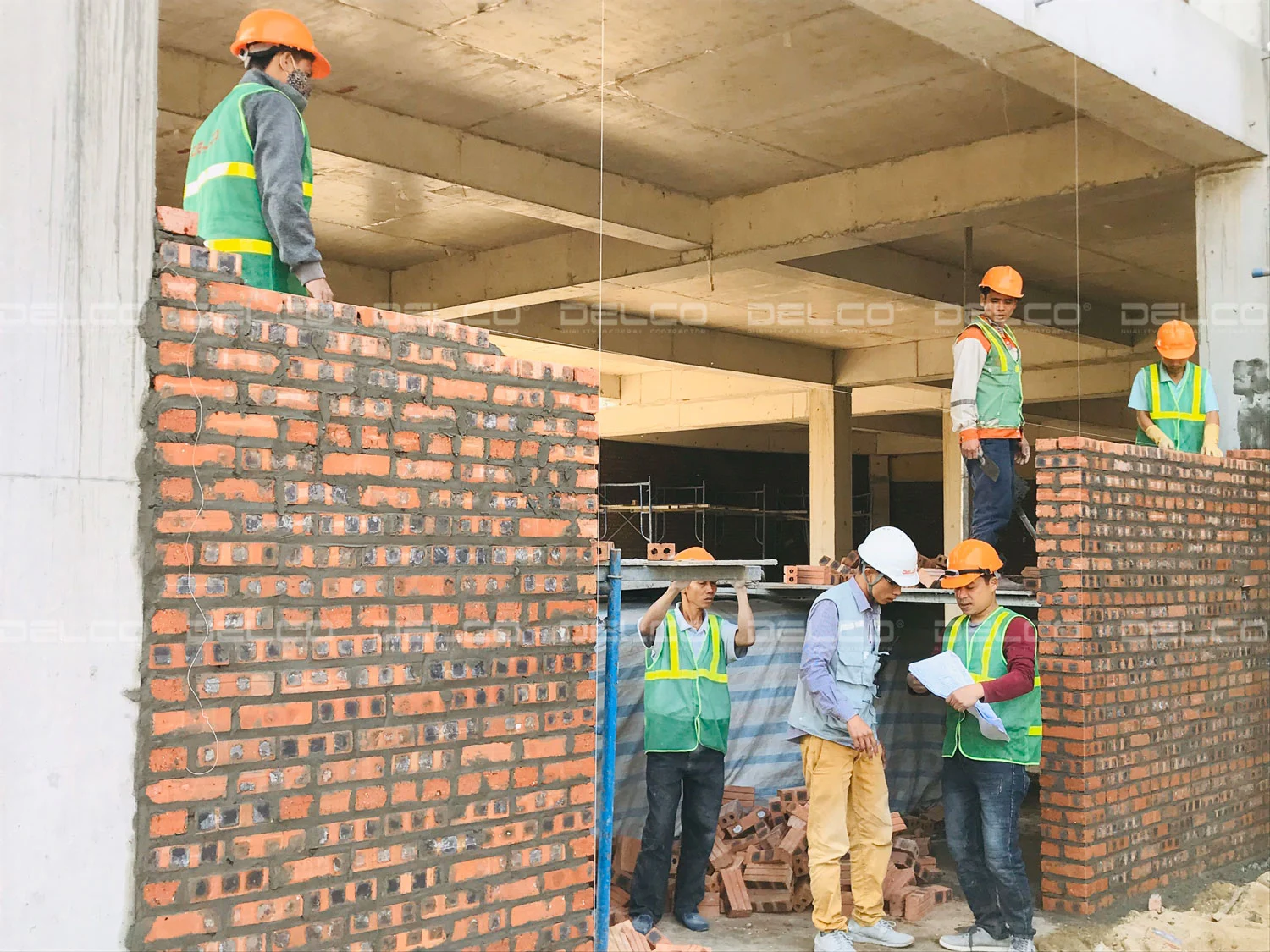
Surface finishing and acceptance
Once the wall is built, it should be cured for one to two days by regularly spraying water to maintain moisture, helping the structure stabilize and preventing cracks. Plastering and painting must result in a flat surface, with even plaster layers and waterproof or alkali-resistant paint applied in the required number of coats per the design. Curing is also necessary after plastering to allow the mortar to reach proper strength and minimize hairline cracking. During the finishing stage, special attention must be paid to waterproofing treatment at wall bases, construction joints, and around utility penetrations.
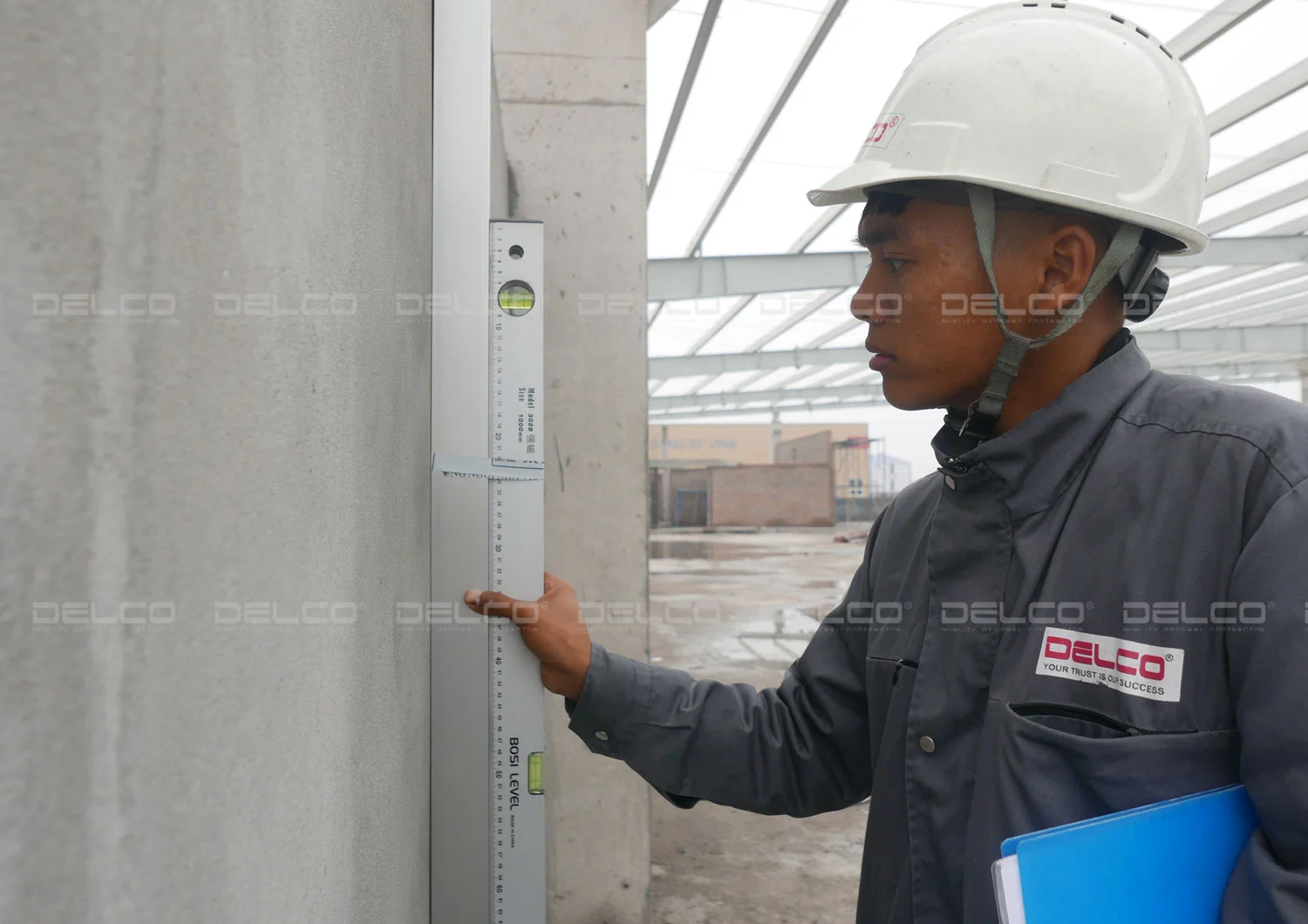
At the handover stage, the entire wall must be measured and inspected for dimensions, flatness, straightness, and perpendicularity; mortar joints must be free of cracks or water leakage. The investor should also require waterproof testing at high-risk areas such as restrooms, wash areas, or wall bases near drainage systems.
See also: Wall crack prevention construction process for factories
See also: Elastic paint: The right choice for factories and industrial buildings in tropical climates


